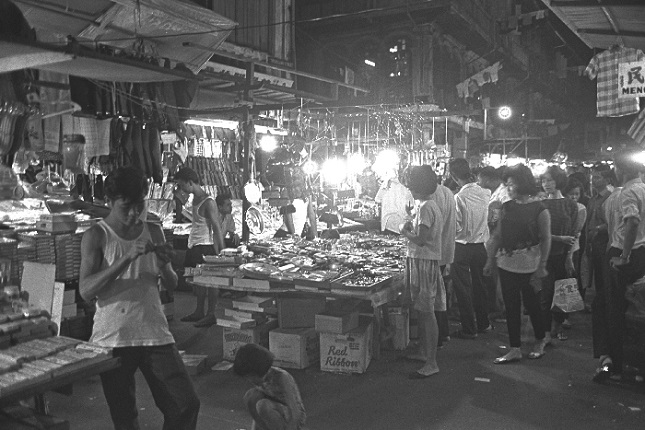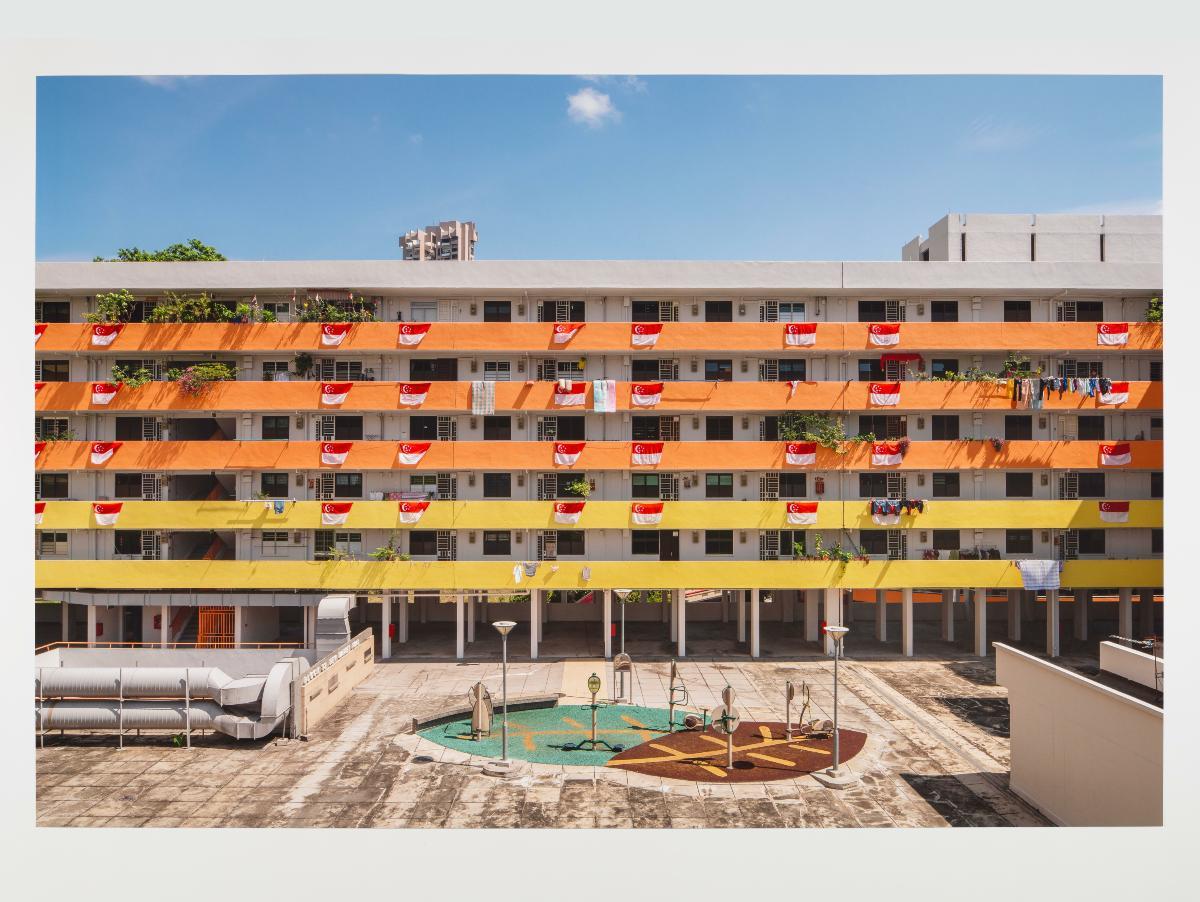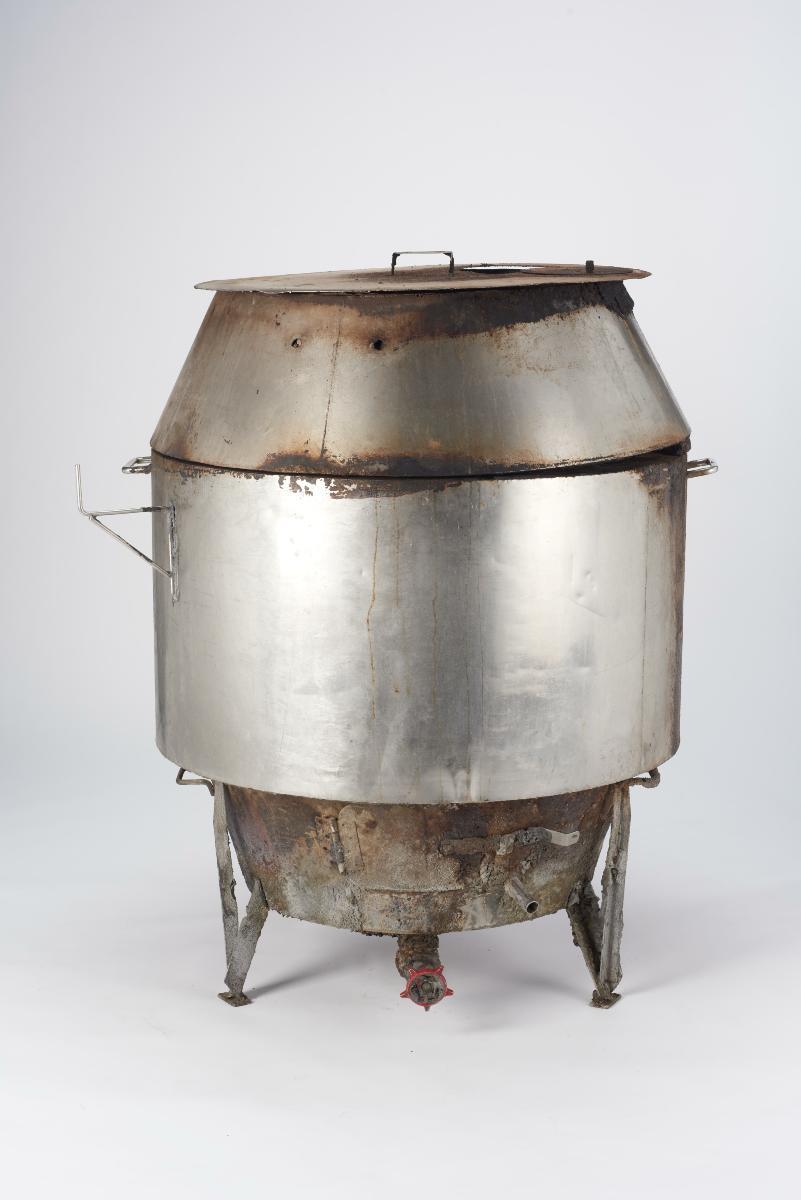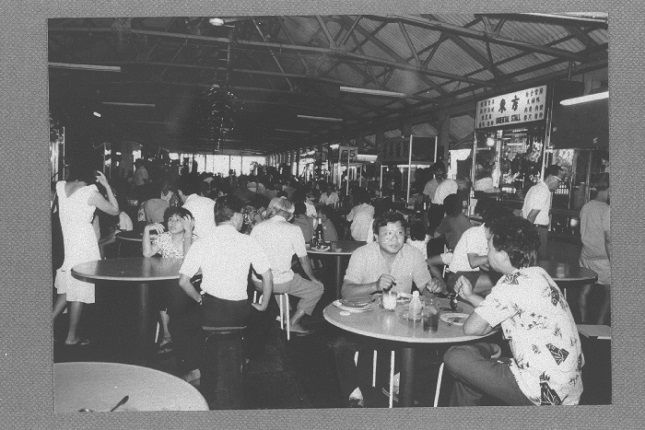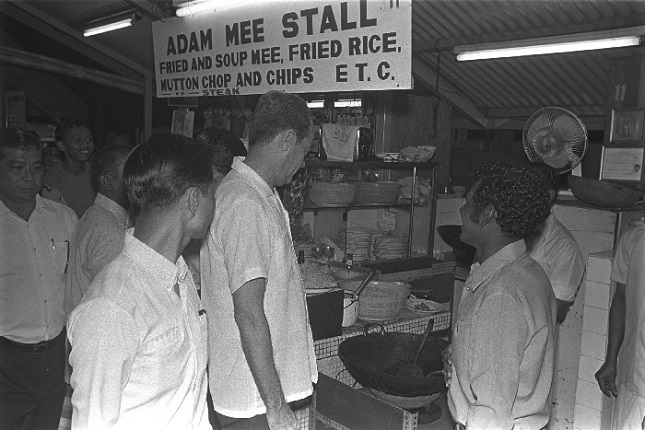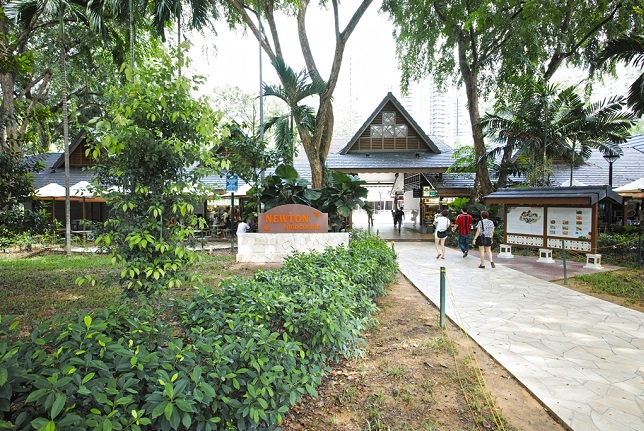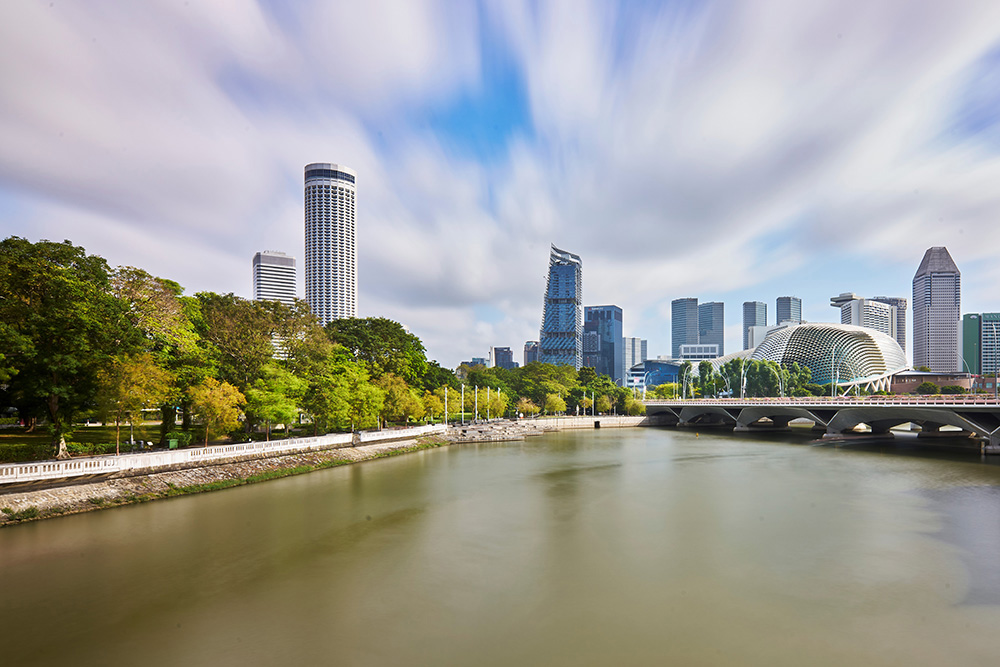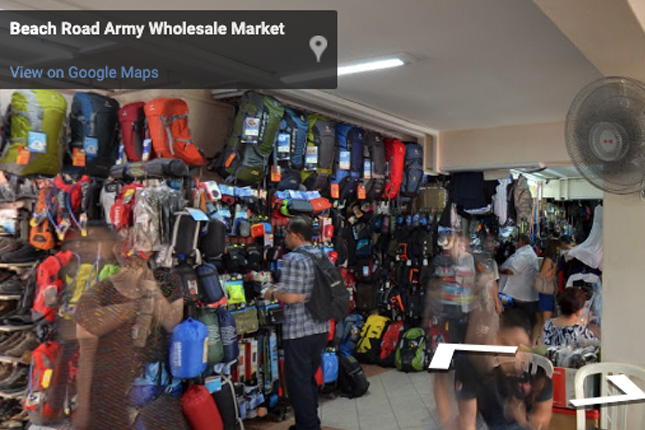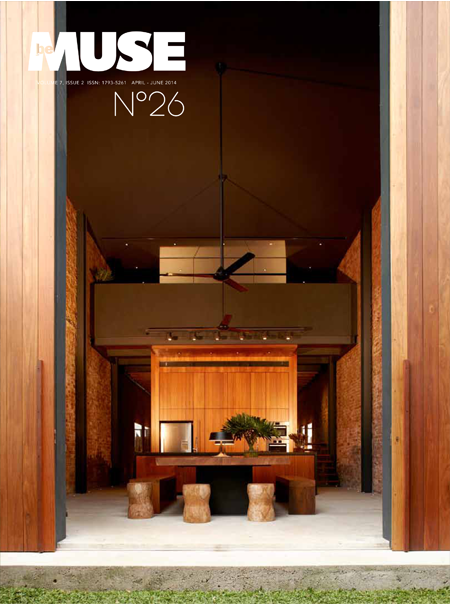The People’s Park Food Centre had its beginnings as a humble “food shelter” set up by the municipality in 1923 to provide cover for street hawkers in the area. The first shelter had proven to be so popular amongst the hawkers that within months after its opening, more were added and the municipality “turned” it into a market. By 1930, such was its success that it was made into a day and night market. From then, it continued growing. By 1940, the market had 323 stalls, making it Singapore’s largest market then. It was during this time that the market had become famous for its durian stalls, which remained open until 2 am for fruit lovers. It was this legacy that made it Singapore's first and oldest pasar malam (“night market” in Malay).
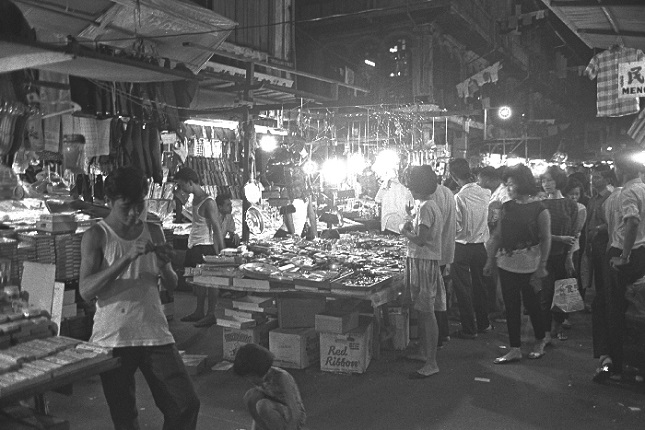
The market did not close during the Japanese Occupation. In 1944, the People’s Park Market was chosen by the Japanese as one of several chick distribution centres in Town. The programme was designed to help people rear their own chicken in order for them to manage their own food supply.
The old market was divided into many tall sheds which rested on cemented platforms raised slightly above ground level. It had two sections (front and back), separated by a metallic fence. The stalls in the front was where the dry goods were and the wet-market stalls were at the back. The wet market’s entrance faced the side of the Majestic Theatre. After the end of the Japanese Occupation, the stalls at the front continued their business while the wet market behind was moved. In its place, a textiles bazaar arose. Many of the post-war stallholders had plied their trade at temporary markets in Town which were started soon after the British return. By late 1940s, the municipality demolished most of them and relocated them in municipal markets. Many of them were given spaces at People’s Park Market. By 1949, the market had 984 stalls engaged in day and night hawking.
In 1957, the People’s Park Market reached another landmark when the Singapore Agricultural Co-operative Union, which comprised of all vegetable growers in Singapore, started a wholesale market there. This meant that the vegetables at the market came directly from the Singapore farms, making them cheaper and fresher.
Everything changed in December 1966 when a great fire wiped out 186 stalls and shops, causing a million dollars in damages. This unintentionally brought forward the government’s plan to rebuild the People’s Park Market as part of the district’s urban renewal. Some of the stallholders had already been served notices to quit prior to the fire.
A temporary market adjacent to the fire area was built in 1967 to house all the stalls during the rebuilding. In this way, they would not lose their loyal customers, many of whom were tourists who had come to the market to buy Indian and Japanese textiles. This temporary “shopping centre” was called the Singapore People’s Park Textiles and Sundries New Market.
By mid-1969, the first phase of Singapore’s then biggest “shopping cum residential complex” had been completed and the shops and stallholders started moving in and commenced business. At this time, the eateries were already touted as a “favourite of Singaporeans”. When completed, the new three-storey complex (not including the housing block above), had lifts but no escalators as yet. While the food stalls, 75 in all, were located on the first level, the retail and textiles shops occupied the second and third levels. By this time, the food centre had become a favourite visit of many tourists from Southeast Asia.
One important legacy from the old days which was brought to the new complex was the “no free seating” issue at the food centre. In the old market, stallholders had to provide their own tables and chairs. Naturally, these were meant for their own patrons. Interestingly, this continued at the new market and faced many complaints. The matter was only put to rest in 1992 when the government installed fixed tables and chairs.
The first major upgrading renovation People’s Park Centre underwent occurred in February 2005. The $5 million endeavour made the centre “greener, cooler and brighter”. The upgrading was done as part of the National Environment Agency's Hawker Centres Upgrading Programme. There were 89 food stalls and 80 retail outlets in the upper levels of the centre before the facelift. After the upgrading, the centre had 85 food stalls and around 160 shops on the upper levels.




